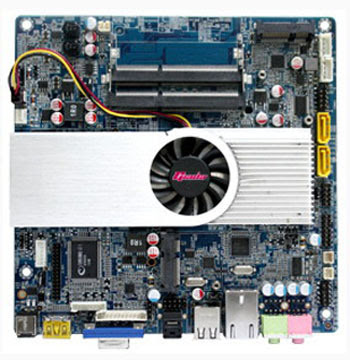
A Foxconn employee that has been deemed as a reliable source in the past says the iPhone 5 has entered production with a larger, 4-inch display, and a different design than the iPhone 4/4S.
Labeling their source as reliable, 9to5mac claims to have received word from Foxconn that the fifth-generation iPhone has kicked into production.
There are various iterations floating around, each boasting slight modifications, and none of the devices seems “final”, according to this person.
However, all of the units have a few key features that are common among each other.
One such feature is the “4+ inch display”. Note that the source doesn’t say 4-inches, but 4-plus inches, which means that if this report is accurate, the next Apple iPhone will be...



 1/26/2012 10:37:00 PM
1/26/2012 10:37:00 PM
 dannzfay
dannzfay

























